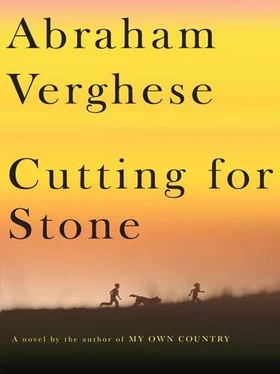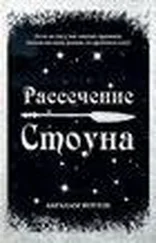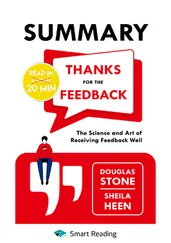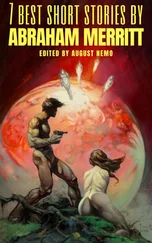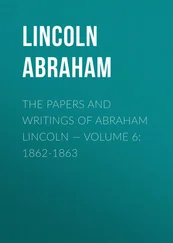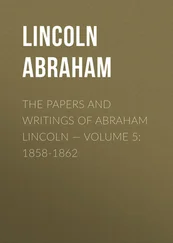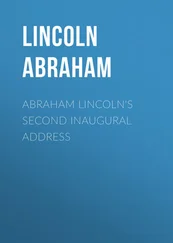I hadn't forgotten what Ghosh asked of me. Let's just say I'd set it aside. I didn't feel guilty about not following through; I never had time to seek out Thomas Stone, and moreover, wherever he was, I never felt as if I was in his America. I was on an island, a protectorate, a territory that America claimed only in name. In carrying his textbook with me from Addis to Sudan and Kenya and then to America, I had developed a grudging respect for the author. I told myself that the book was my touchstone to Sister Mary Joseph Praise: I saw her hand in the line drawings and I carried the bookmark with her handwriting in my wallet. I'd discovered Thomas Stone in the text, just as he must have discovered himself in the discipline of making notes in a landscape of disease and poverty overcoming his fatigue to fill exercise books with his observations. I was convinced that it was the accumulation of these journals that he pulled together to form a textbook. In doing so, he made his knowledge incarnate.
But when that writer, the sole living author of my DNA, stood peering over my shoulder, it was flesh that became incarnate, flesh of my flesh, with a scent that I should have recognized as kin and a voice that was my inheritance. When he leaned over the patient's belly to see our handiwork, cocked his skull on the atlas and axis vertebrae just so, tucked his arms to his chest, his scapulae gliding out, making himself small so as not to contaminate our field—those movements were echoes of my own.
Surely Thomas Stone sensed some disturbance in the universe and that is why he appeared in our theater. I confess when I didn't know who he was, I felt nothing: no aura, no tingling, nothing other than pride in the miracle Deepak had performed with PVC tube and the uncommon skill in his hands, a skill that the stranger appreciated. When I learned our visitor was Thomas Stone, I was unprepared. Should my first reaction have been anger? Righteousness? I had missed my chance to react while he was there. But now, for the first time since childhood, I wanted to do more than study his nine-fingered portrait. I wanted to know about the living, breathing surgeon who had stood next to me.
In the days that followed, I looked up Thomas Stone in Index Medicus in our library, pulling down one by one the oversize volumes, beginning with 1954, the year of my birth. I wanted to know about the post– Short Practice Stone; I wanted to see what scholarly contributions he had made after leaving the tropics. Ours was a small library, but Popsy had donated his collection of surgical journals dating back to the fifties. I found most of the papers listed in Index Medicus.
In my notebook I plotted out Thomas Stone's scientific career as reflected in his published work. In America his interest was liver surgery, and his career was interwoven with the history of transplantation, with the audacious idea of taking an organ from Peter to save the life of Paul. The story began well before Stone, of course, with Sir Peter Medawar and Sir Macfarlane Burnet in the 1940s, who showed us how the immune system recognizes “self” from foreign tissues and rejects and destroys the latter. Two months before our birth, Thomas Stone published a letter to the editor of the British Medical Journal describing the extraordinary length and redundancy of the colon of many Ethiopians, which he believed explained why it so readily twisted on itself—a condition called sigmoid volvulus. By 1967, when Christian Barnard in Cape Town's Groote Schuur Hospital re placed Lewis Washkansky's scarred and diseased heart with the heart of young Denise Darvall, killed in a car wreck, my father, now in Boston, had become interested in liver resection. His research question was, how much liver could you cut away and still leave enough behind to sustain life?
The transplant field in America was led by a brilliant surgeon— another Thomas, this one with the last name of Starzl. Working in Colorado, Starzl did the first human liver transplants in ‘63 and ‘64, but neither patient survived. Thomas Stone of Boston, the footnotes will show, also tried and failed in ‘65. Despite increasing public criticism, Starzl didn't give up. He performed the first successful liver transplant in 1967. Soon others, Thomas Stone included, managed the same feat. It was still very high risk, but by publishing their experience with such tricks as bypassing portal blood to the superior vena cava during the long surgery, or using the “University of Wisconsin solution” to better preserve cadaver livers, results were improving. The problem was no longer technical, even though this was the most technically difficult operation anyone could perform, the equivalent of a pianist playing Rachmaninoff's “Rhapsody on a Theme by Paganini,” except that one dare not miss a note or fluff a phrase. The operation lasted ten, sometimes twenty hours. Starzl showed it could be done. The two new hurdles were finding sufficient organs to transplant, and of course the problem of rejection of the transplant by the immune system.
In 1980, the year of my internship, Starzl turned his attention increasingly to rejection, focusing on a promising new drug that Sir Roy Calne's group at Cambridge discovered—cyclosporine.
THOMAS STONE TOOK a different approach; he focused on the problem of the shortage of organs and pursued a solution that most others considered a dead end: removing part of a liver from a living healthy parent and giving that to a child whose liver was failing. At least in dogs, he found the liver grew in size to compensate for its loss, while the transplanted segment of liver sustained the recipient. But splitting the donor's liver introduced complications such as bile leaks and clots in the hepatic artery that feeds the liver. It also put a healthy donor's life in real jeopardy, as the liver, unlike the kidney, is unpaired. Even more promising and immediately useful was Stone's work using animal liver cells, trying to strip the cells of those surface antigens which made humans cells recognize them as foreign, and then grow them in sheets on a membrane and use them as a sort of artificial liver—a dialysis type of solution.
As I read about transplants, I was excited. It was clearly one of the most compelling stories in American medicine.
JUNIOR WAS THE CENTER of attention in our ICU. He was deeply sedated, eyeballs roving under closed lids. The kind of trauma hed been through resulted in “shock” lung, or Da Nang lung (recognized in GIs who were resuscitated on the battlefield, only to develop this strange lung stiffness), along with kidney shutdown. According to B. C. Gan dhi's rules, if you had more than seven tubes in you, you were as good as dead. Junior had nine. But one by one, over the weeks, the tubes came out and he got better. It required meticulous nursing care, and Deepak and me poring over his daily flowcharts, anticipating his needs, and intervening with ongoing problems. J.R., as his family called him, left the ICU for a regular room after forty-three days. A week later, smiling sheepishly, he walked out on his own steam with the ICU and trauma teams lined up on either side of the hospital entrance to cheer. If hed shot someone, the witnesses had all vanished, and the police had lost interest, so J.R. was going home. I think it was the sight of J.R. walking out of the hospital that set me on course as a trauma surgeon. His kind of recovery was by no means a rule in trauma surgery, but it happened often enough, particularly in those who were young and previously healthy, that it made the heroic efforts worthwhile. The mind was fragile, fickle, but the human body was resilient.
AS INTERNS we were allowed to attend one national conference, all expenses paid. I chose a liver transplant conference in May in Boston. I arrived on a lovely spring day. Boston's downtown fit every notion I had of what colonial America was like, and it felt steeped in history, completely different from my section of the Bronx. I told myself that it was coincidence that the conference was in Boston, walking distance from where Thomas Stone worked. I told myself I wasn't there to meet Thomas Stone, but to hear the keynote speaker, Thomas Starzl. As for Thomas Stone's plenary session—I was undecided about attending.
Читать дальше
